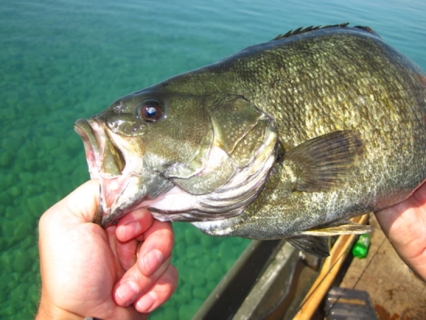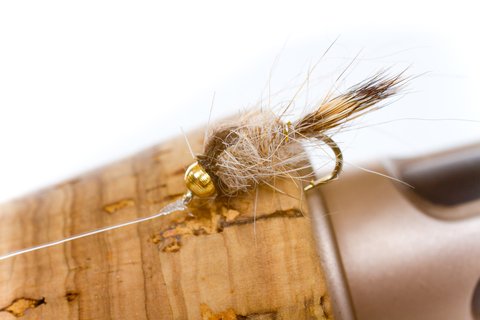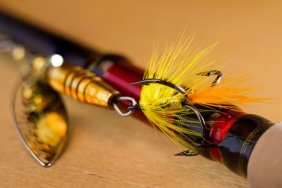Early spring is a time of transition for trout and fly anglers. The insect offerings available to trout begins to expand, yet full-fledged hatches have yet to shift into full gear.
This is a time for nymphs. Although nymphs work well throughout the season, they are especially effective in early spring when they represent a major source of food for trout.
There are a wide variety of nymphs to choose from, but there are some standards that every angler should carry this time of year. Here are five nymphs proven to consistently catch trout in early spring.
Pheasant Tail
Arguably the best all-around nymph in any fly anglers fly box. The pheasant tail will take trout all year long, but seem to be deadly in early spring. One of the attractive aspects of the pheasant tail is that it is versatile, meaning you can tie it in a variety of ways to make it more effective. You can add a bead head, tie a soft-hackle version or tie it in numerous sizes. For many seasoned anglers, this is the go-to fly for early spring.
Hare’s Ear
This is another terrific all-round nymph that can catch fish consistently, throughout the year. However, one of the best times of the season to use the gold ribbed hare’s ear is during the early spring. Trout seem to love it, as it provides a good general imitation to the nymphs they are seeing in the water. It can be tied with a bead head and in a variety of sizes.
Zebra midge
Anglers who fly fish in the winter are very familiar with the zebra midge and other midge imitations, which are the staple of winter angling for trout. The zebra midge, along with a variety of other midge nymphs, also works well in early spring. The trout have been used to feeding on midges all winter and they will continue to do so in early spring.
Prince
The prince nymph is another of the classic all-around nymphs that every angler should carry. It does not imitate anything in particular, but always seems to draw interest from trout, especially in the spring. There is something about the shape and color that trout really like this time of year. Try tying it with a bead head and in a few different sizes.
Caddis Pupae
As the temperatures warm and aquatic insect activity increases, caddis larvae become a common food item for trout. Make sure to carry a good selection of caddis pupae in a few colors. Tie it with a lead body to get it down where the trout are feeding. This can be one of the best flies in your box during the spring.
© Joshua Rainey | Dreamstime.com – Hares Ear Nymph on Fly Rod
Fish gallery
-
Fishing Files
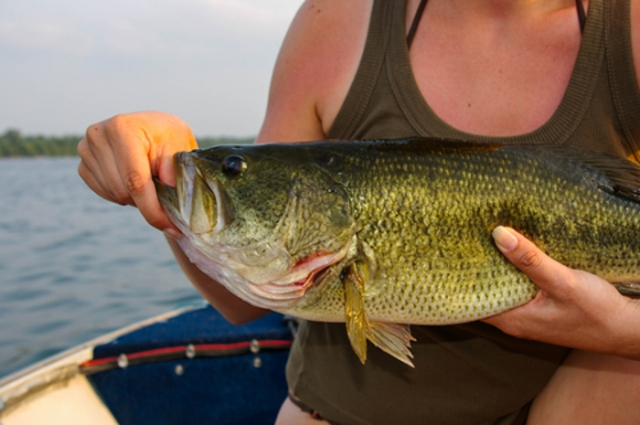
-
Striped Bass
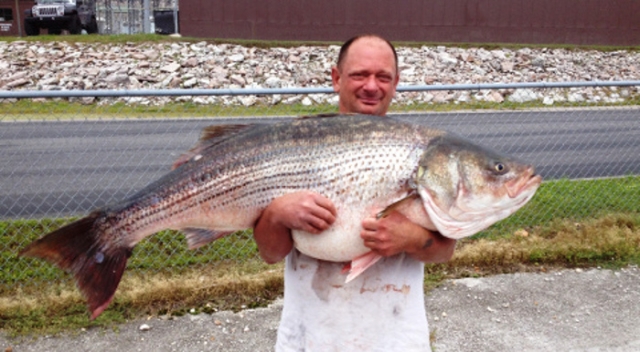
-
Fishing Files

-
Smallmouth Bass
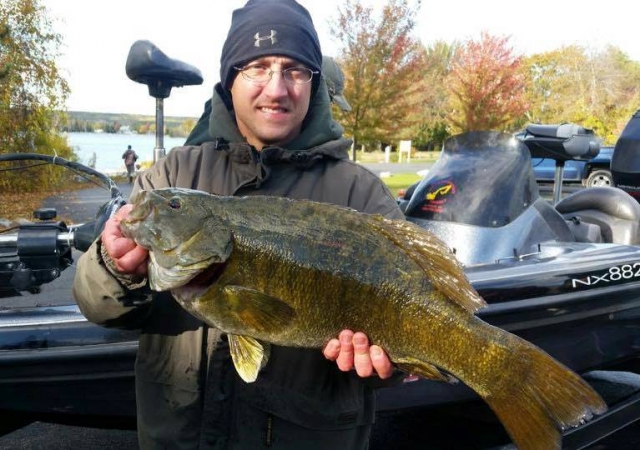
-
Fishing Files
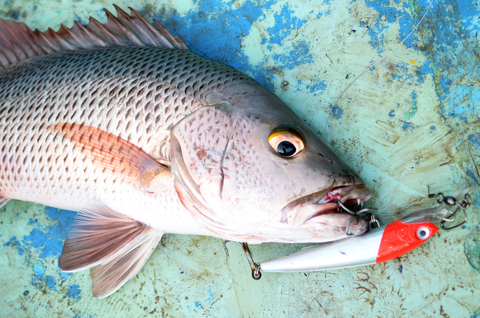
-
Fishing Files
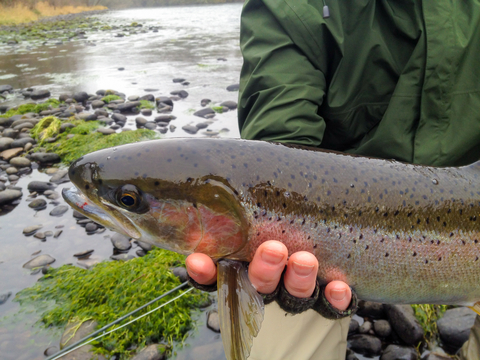
-
Largemouth Bass
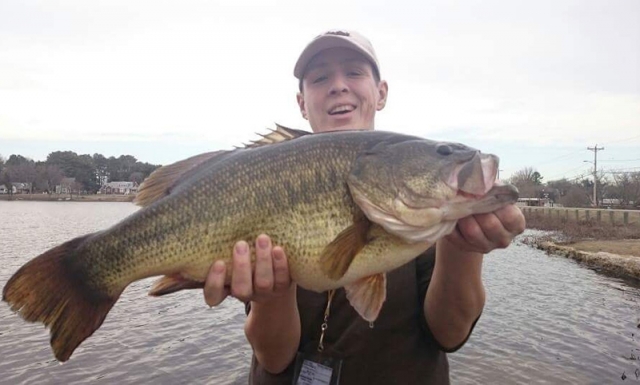
-
Fish fail in Russia
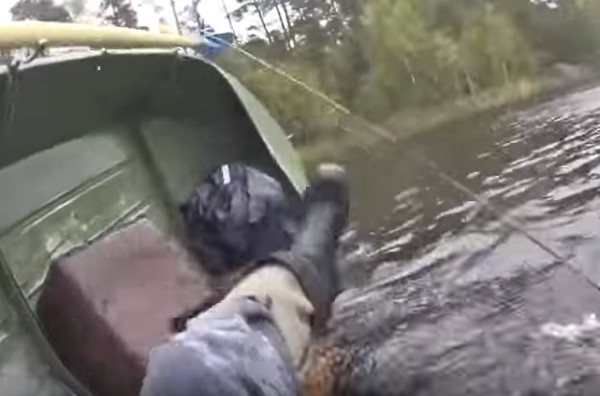
-
Bait fish
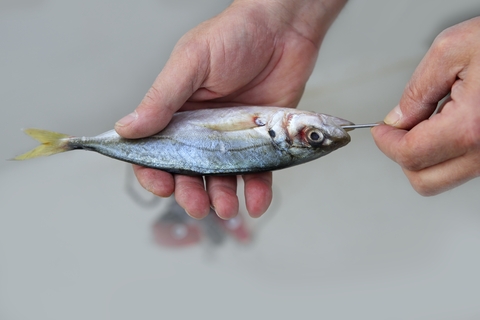
-
Fishing the weeds
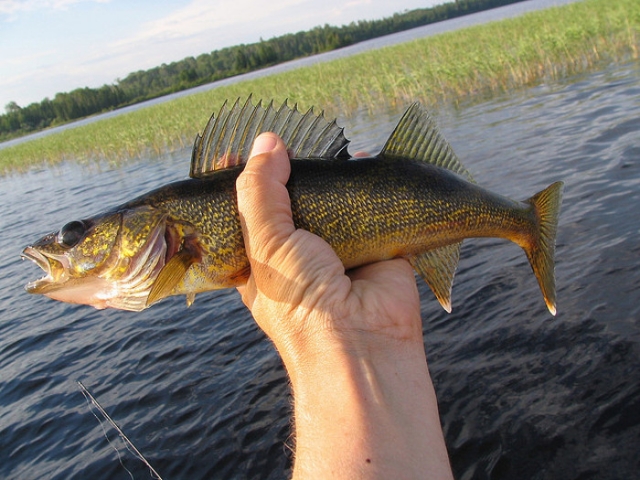
-
Fishing Waders
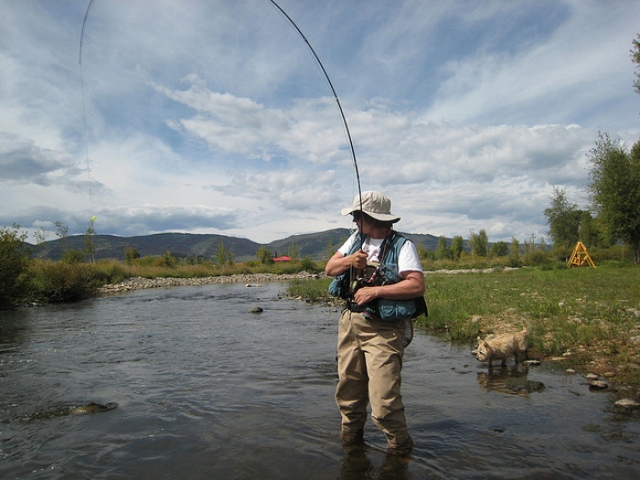
-
Old Man Fishing
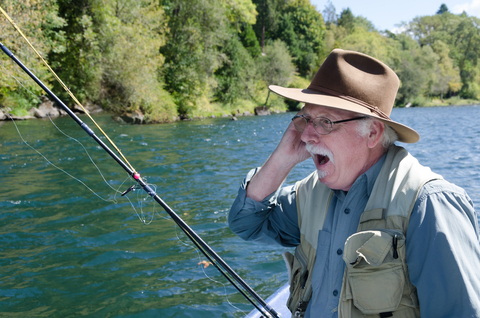
-
Fishing
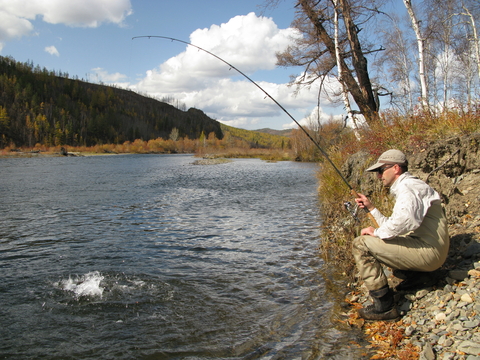
-
City Fishing
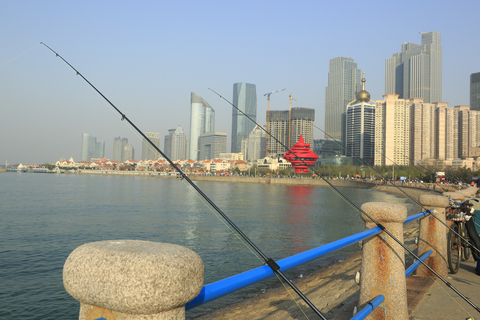
-
Fishing the cold
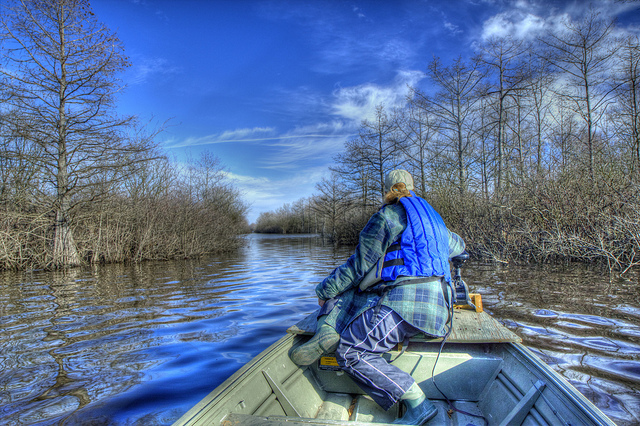
-
Fishing sunset
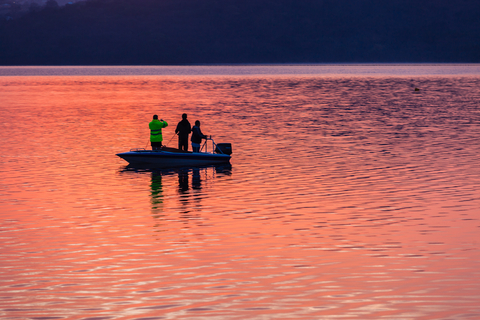
-
Bank fishing
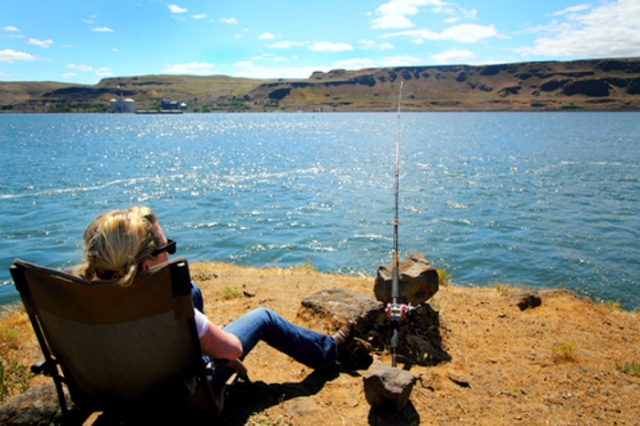
-
Day glow fishing boat
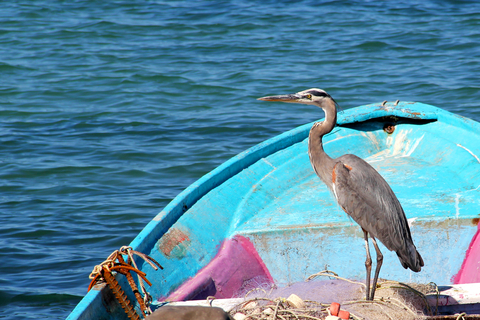
-
Fishing Pro
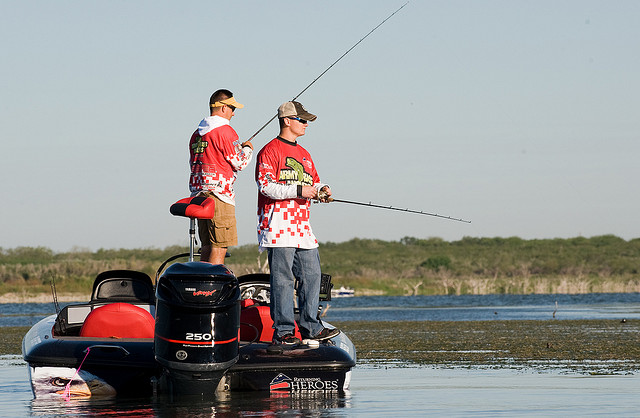
-
Fishing
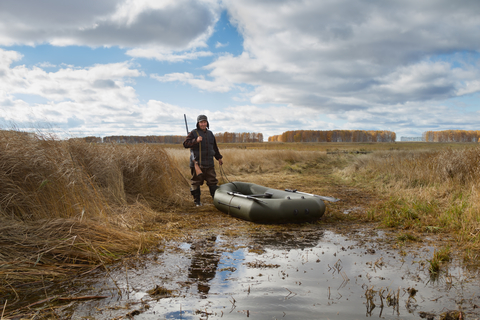
-
Fly fishing
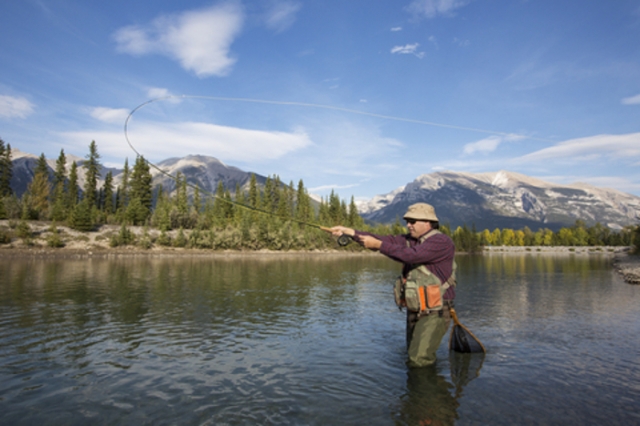
-
Fishing Files
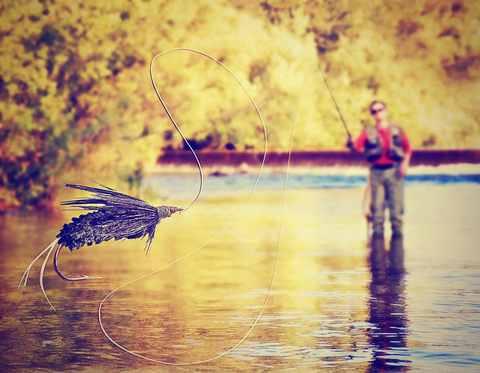
-
Fishing Files
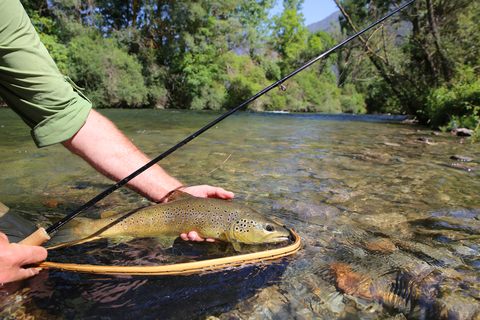
-
Fly reel
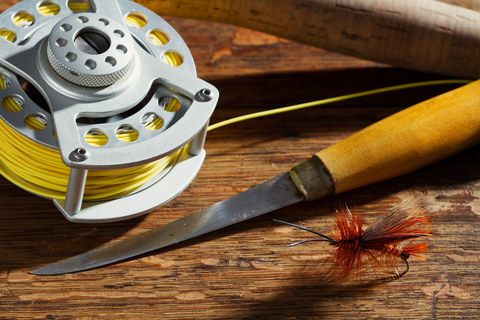
-
Gar Fish

-
Golden Trout
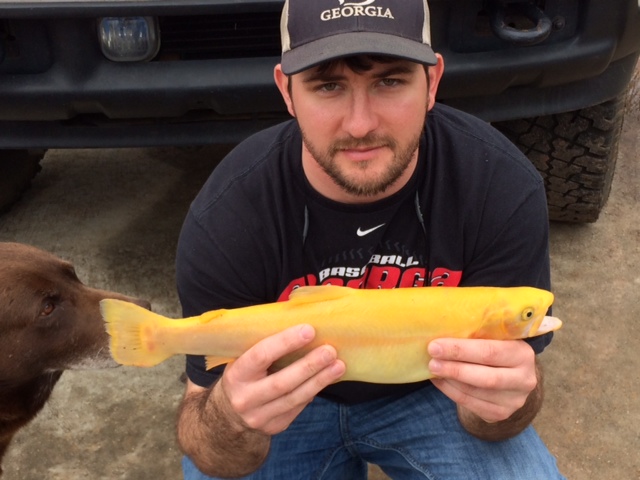
-
Ice Auger
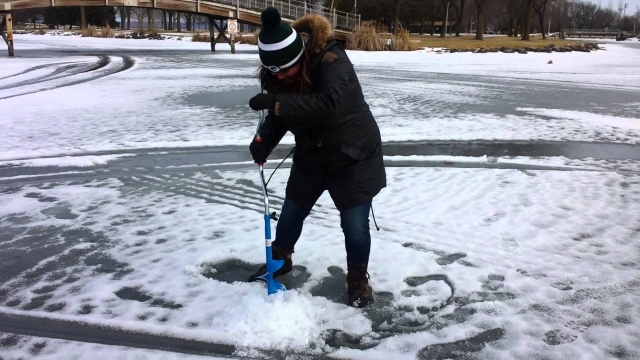
-
Ice Fishing
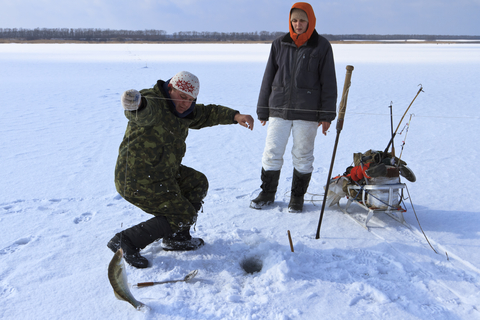
-
Halibut
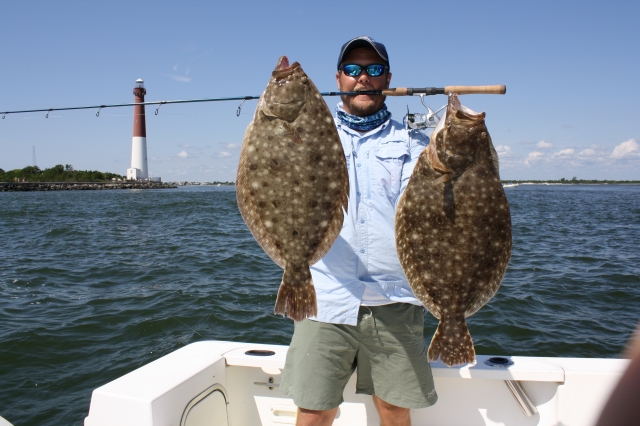
-
Bass Fish
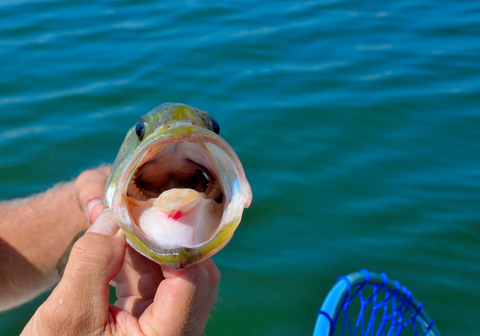
-
Lobster Dog
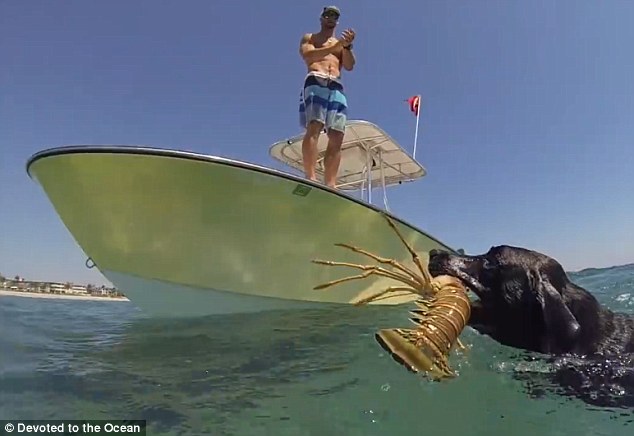
-
Marlin Fishing
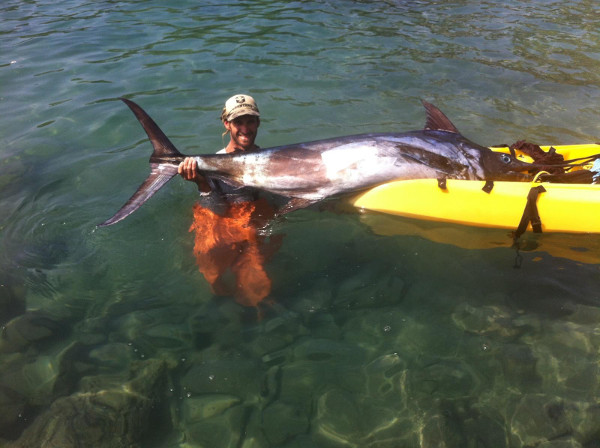
-
Muskie
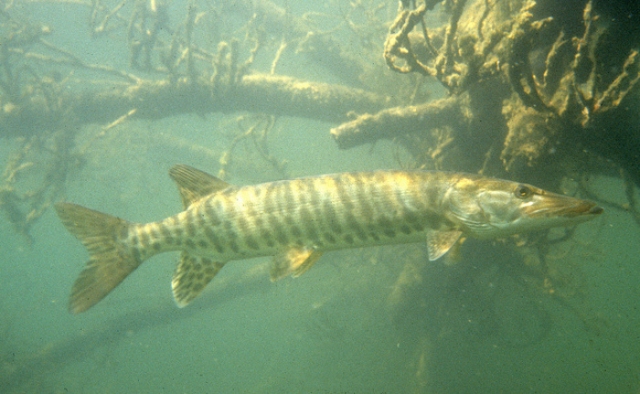
-
Fishing Files
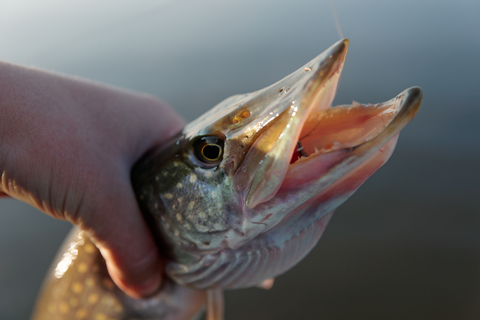
-
Nymph

-
Oarfish
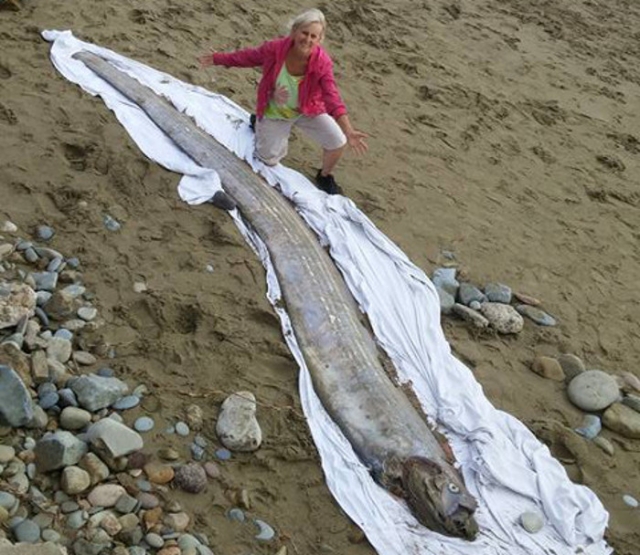
-
Obama Fishing
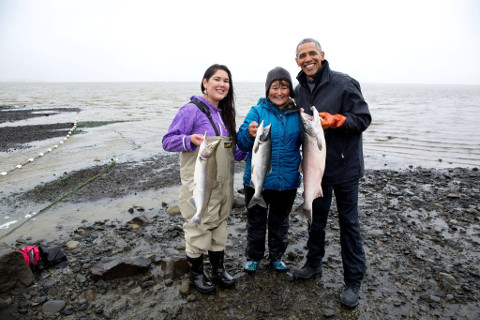
-
Panfish
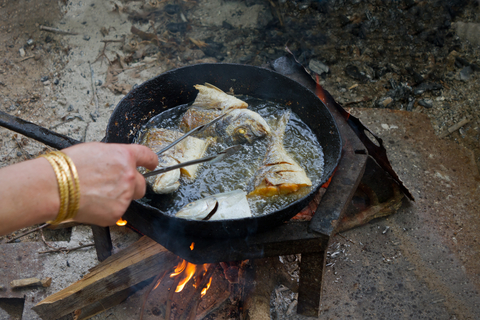
-
Pelican

-
Fishing Files
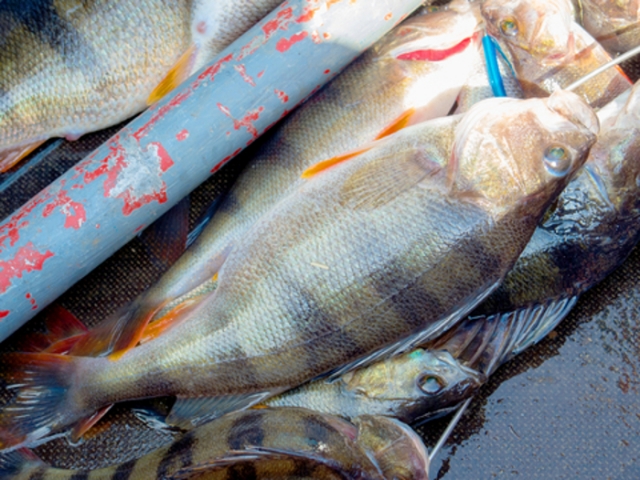
-
Fishing Files
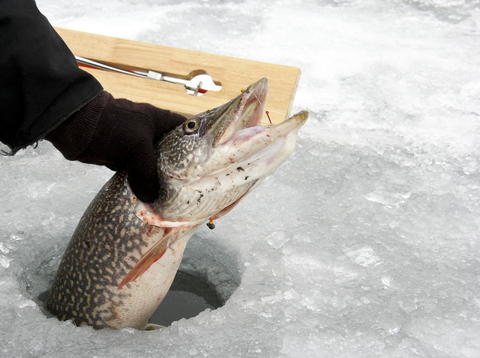
-
Fishing Files
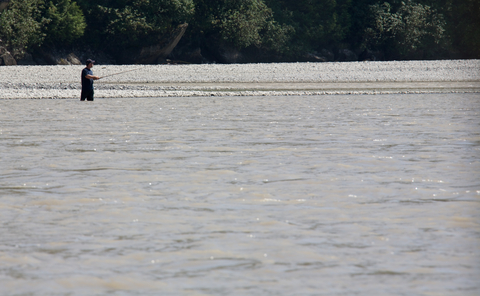
-
Fishing Files
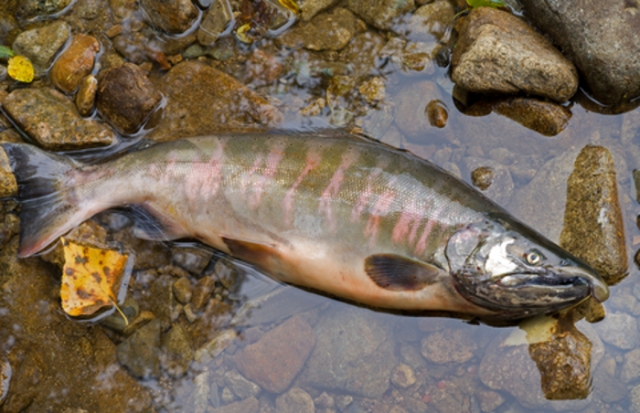
-
Fishing Files
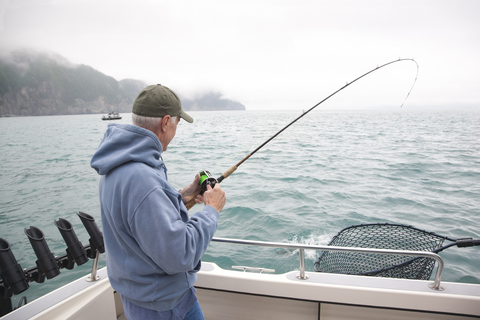
-
Fishing Files
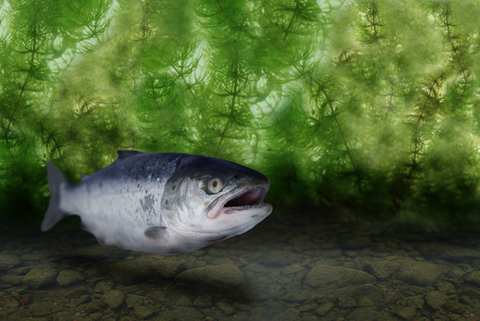
-
Fishing Files

-
Fishing Files
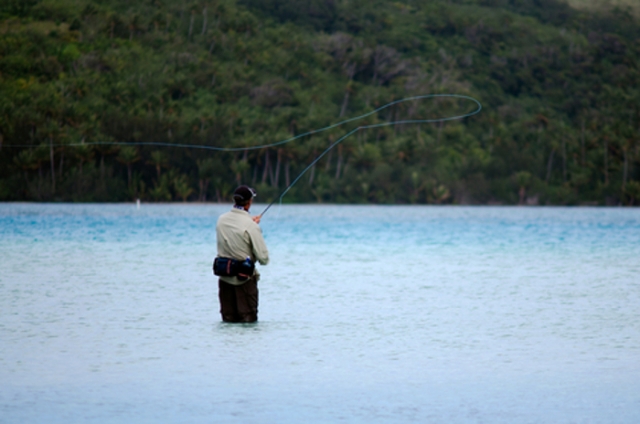
-
Fishing Files
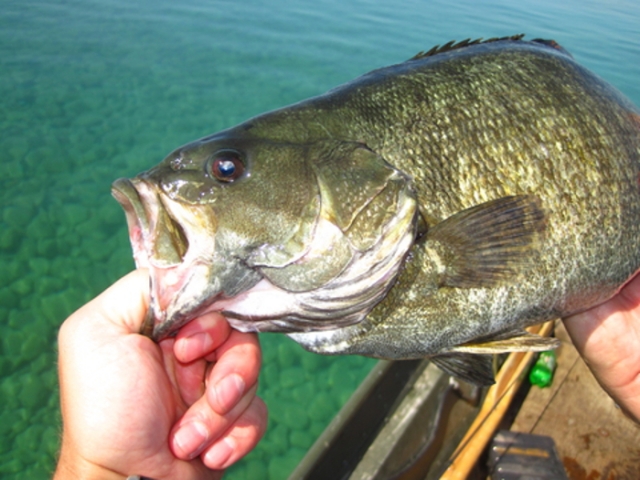
-
Snakehead
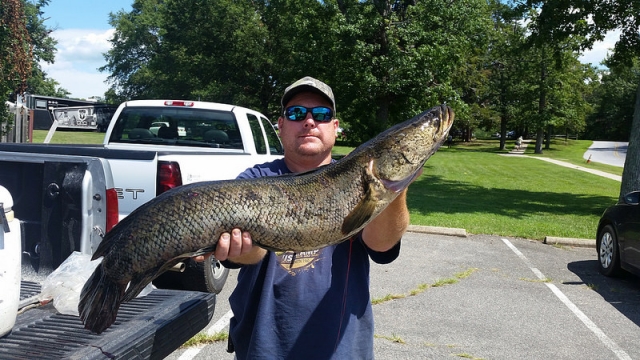
-
Spinner Shark
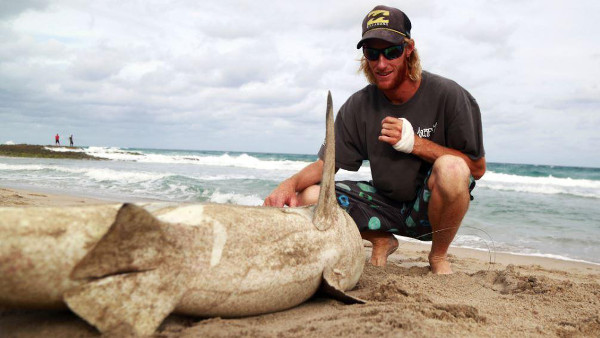
-
Spotted Bass
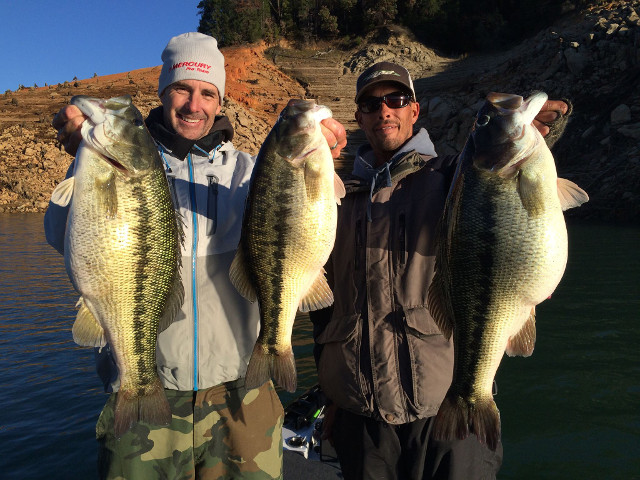
-
Striped Bass
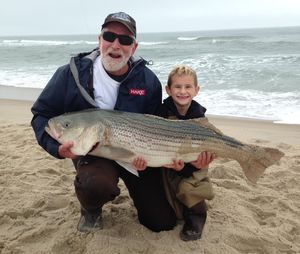
-
Sturgeon

-
Fishing Files
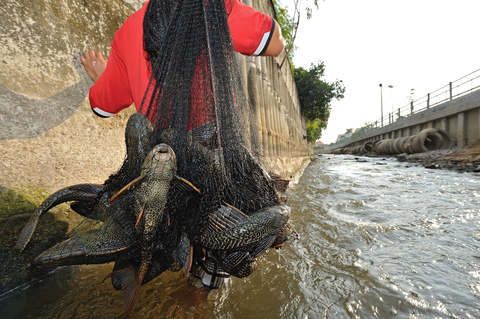
-
Trout Fishing
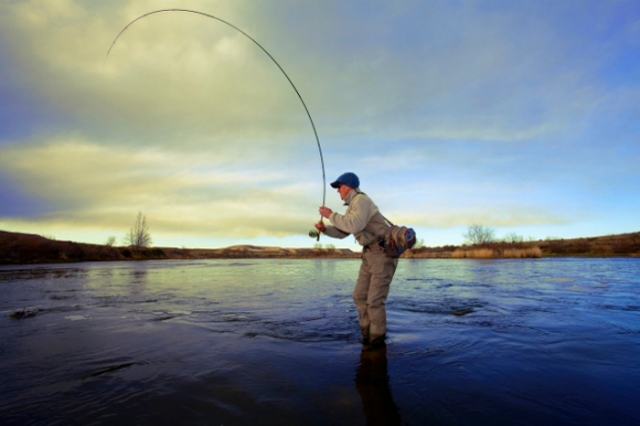
-
Fishing Files
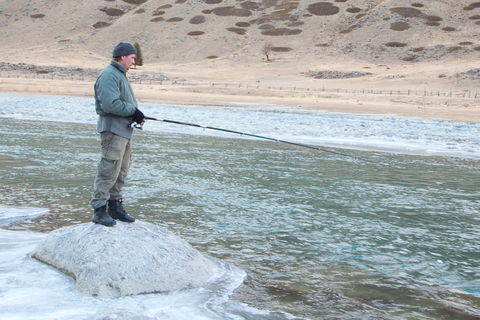
-
Fishing Files
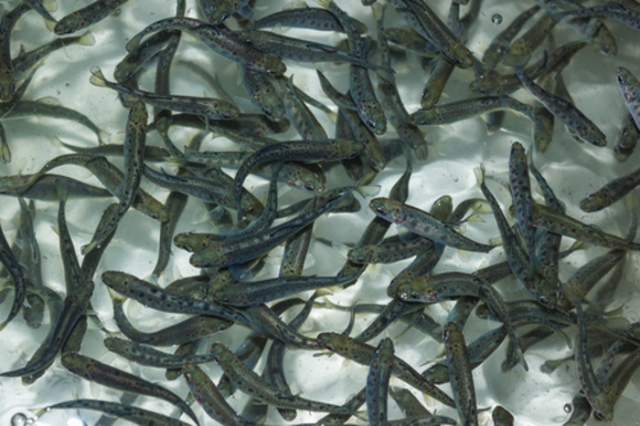
-
Fishing Files

-
Fishing Files

-
Northern Pike

-
School of Karanteen
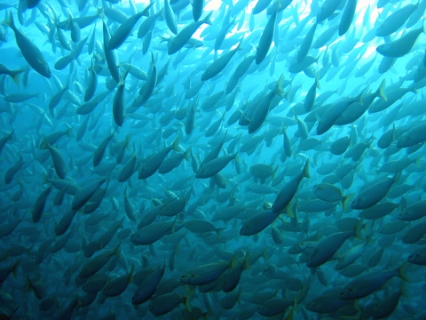
-
Walleye
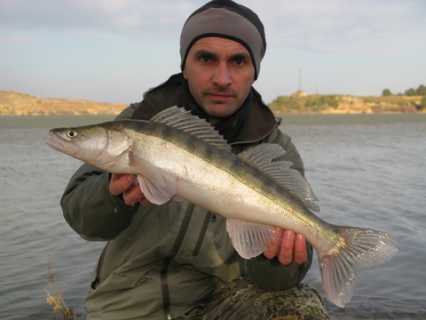
-
Goliath Grouper

-
Barracuda

-
European Chub
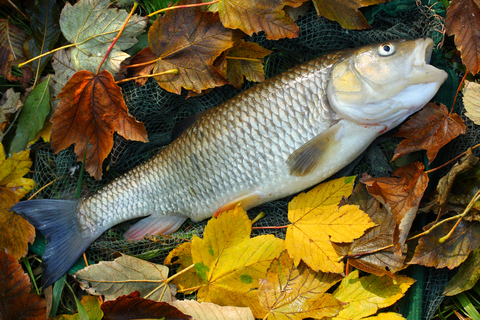
-
Drum Fish
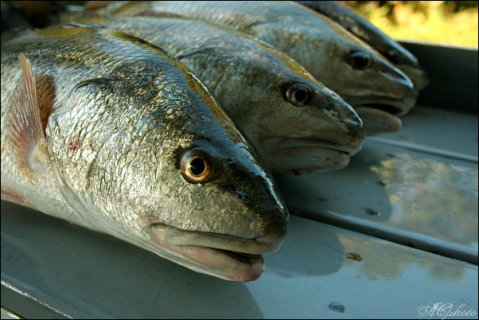
-
Grouper
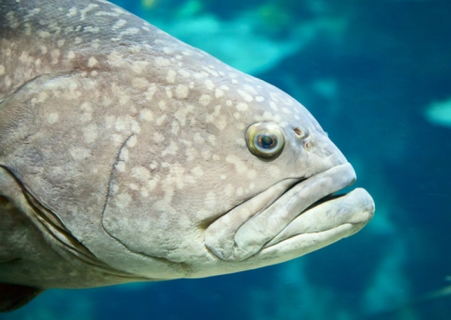
-
Blue Catfish

-
Catfish
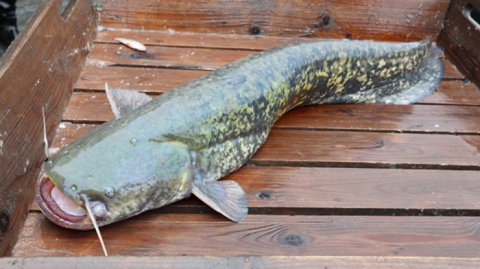
-
Star Puffer Fish
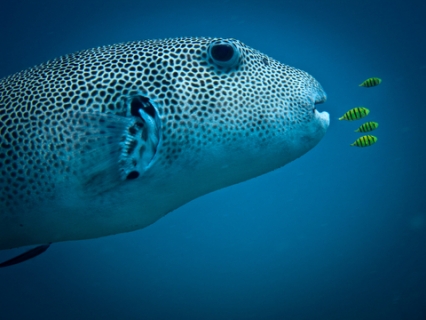
-
Napoleon Fish
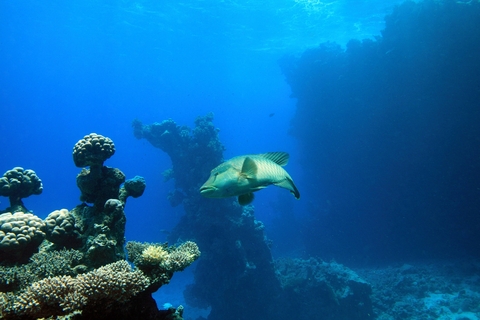
-
Smoked Trout
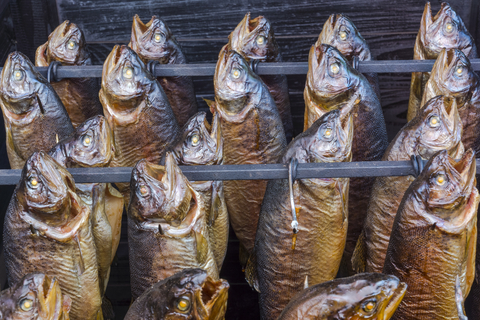
-
Perch

-
Smallmouth Bass
